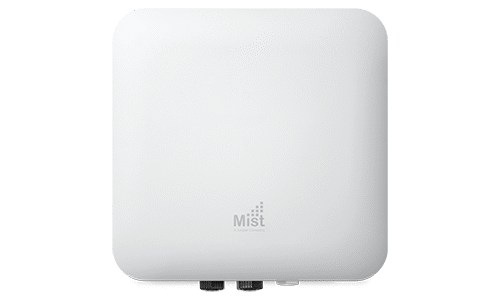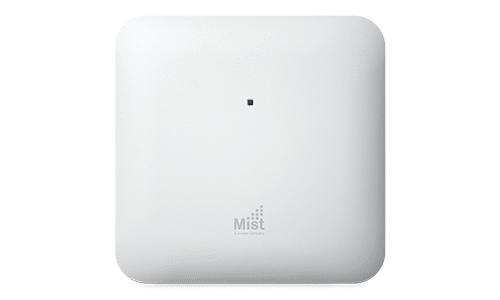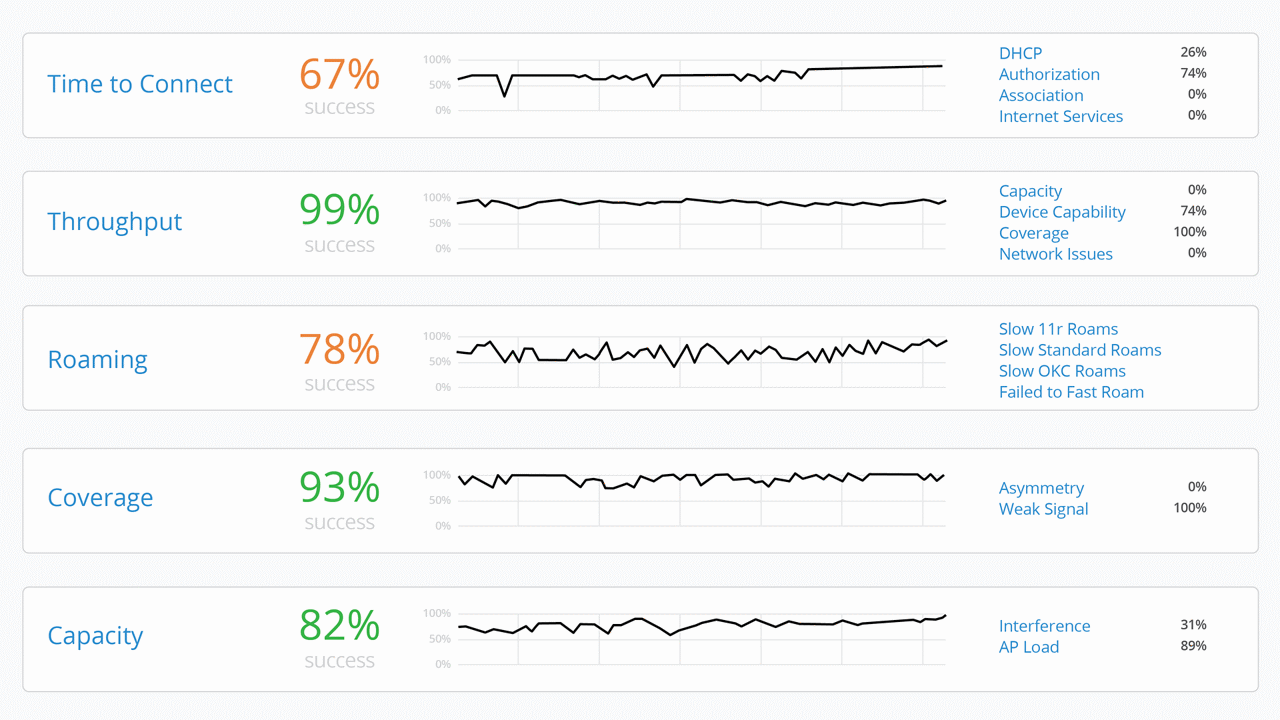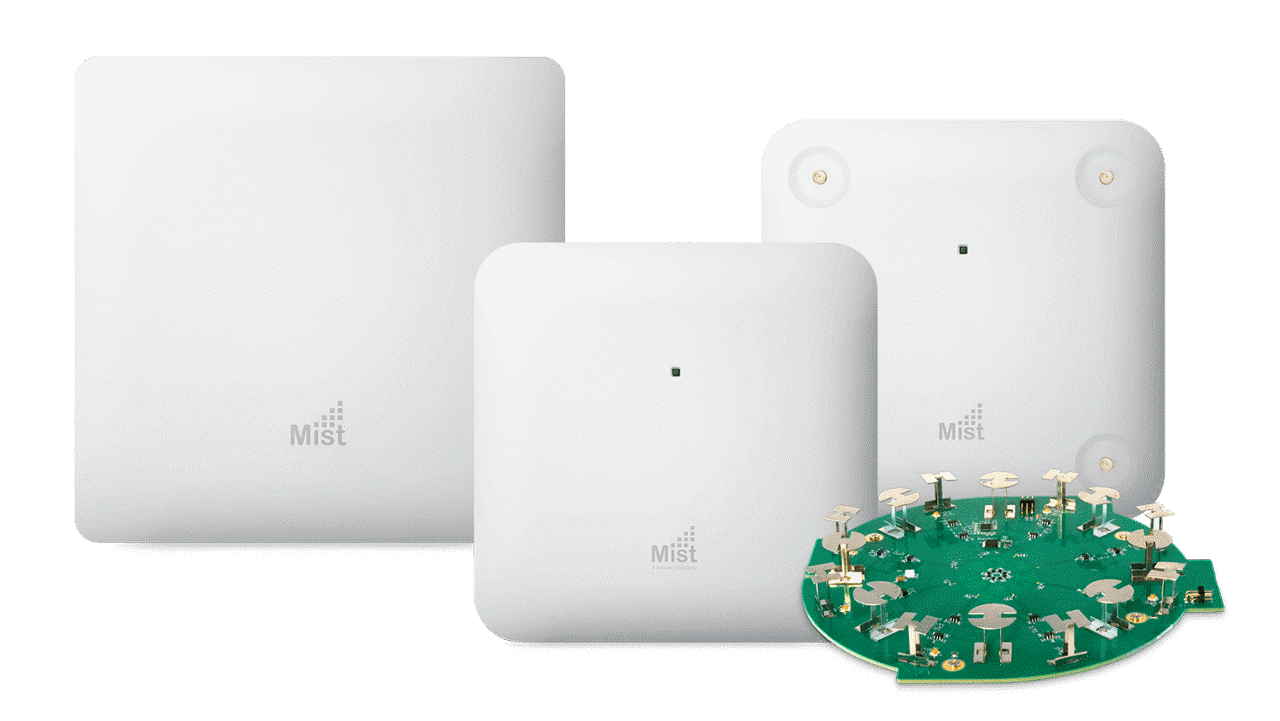Customer Success Story

Suburban Chicago school district leans into learning with AI-driven Wi-Fi
Consolidated High School District No. 230 educates 7800 students in a thriving community southwest of Chicago. An early adopter of 1:1 learning, the district’s top-ranked public high schools have had strong success applying instructional technology to drive academic excellence.
District 230 relies on AI-driven wireless networking from Juniper to meet the increased digital demands of education.
Overview
| Company | Consolidated High School District 230 |
| Industry | Education |
| Products used | AP63, AP43, AP32, AP12, Wireless (Wi-Fi) Assurance |
| Region | Americas |

7800
Students at three high schools
15,000+
Devices across three campuses
3
High schools in Orland Park, Tinley Park, and Palos Heights
Reduction in Wi-Fi network support
Legacy Wi-Fi won’t make the grade post-pandemic
Like schools everywhere, District 230 relied heavily on video, cloud applications, and mobile devices as it pivoted to remote learning at the start of the pandemic. But as students returned to in-person classrooms—and with more devices to support experiential learning—the school’s older wireless access points couldn’t keep pace with heightened expectations.
With the IT team spending more time supporting classroom connectivity, it was time for a Wi-Fi refresh.
“We wanted to future-proof our wireless network with a solution that would meet the needs of our high-tech environment for the next five to seven years,” says John Connolly, CTO of Consolidated High School District 230.

AI-driven Wi-Fi lets network worries take a back seat to instruction
District 230’s IT leadership team set out to find a cloud-managed wireless solution that could meet the expanded learning requirements at its high schools in Orland Park, Tinley Park, and Palos Heights, Illinois.
“When we moved to Juniper wireless, we found out what we had been missing out on with Wi-Fi,” says Mike Caruso, network administrator at District 230.
With Juniper, D230 gained a powerful combination of AI-driven automation and dynamic RF management, working together to maintain consistent, reliable Wi-Fi while simplifying network operations. Juniper Wireless Access Points, driven by Mist AI, deliver high-performance Wi-Fi 6 indoors and outdoors so students, teachers, and staff can reliably use their laptops, tablets, and phones. The Juniper Mist Multiple Pre-Shared Key mechanism provides a simple, secure way to onboard student-owned devices while lightening the load of its authentication servers.
With Mist AI, the IT team can automate key tasks and proactively address networking issues before they impact the student, teacher, or staff experience.
“Mist AI makes the wireless network much easier to configure and troubleshoot,” says Caruso. “It alerts us to potential issues before users notice them.”
The Juniper Mist Wi-Fi Assurance service replaces manual troubleshooting with automated wireless operations to make Wi-Fi predictable, reliable, and measurable. Marvis Virtual Network Assistant, a conversational interface purpose-built for Mist AI, shifts network support from reactive to proactive, remediating issues through self-driving actions.

A digital foundation to support academic success
With Juniper, Wi-Fi is the invisible digital foundation for enriched learning experiences.
“When we don’t hear about the wireless from the staff and teachers, it’s a good day,” says Marce Gonzalez, IT services operations manager. “And we don’t hear about the wireless anymore.”
AI-driven networking has freed up the IT team focus on strategic ways to use technology to further improve the quality of learning and student success. “With Juniper wireless and Mist AI, we spend less time being reactive and more time being proactive,” says Caruso.
The IT team was pleasantly surprised with the success of automated RF optimization. Juniper’s AI-driven radio resource management automates channel and power assignment, continuously learning and optimizing the RF environment, while taking Wi-Fi and external sources of interference into account.
“We were hugely skeptical of WLAN vendor radio resource management promises based on our experience,” says Caruso. “But with Juniper, we have yet to manually set a channel or power on an AP. It actually works.”


Published February 2022







